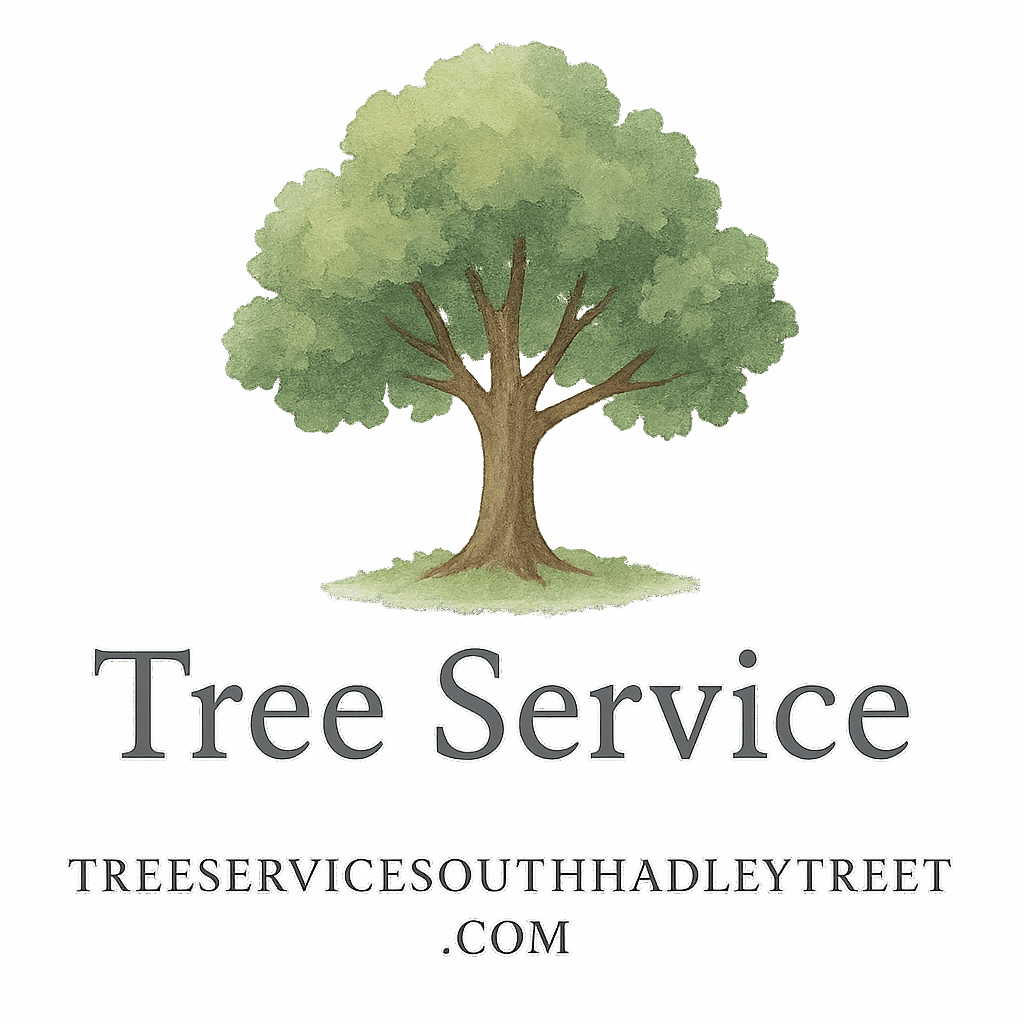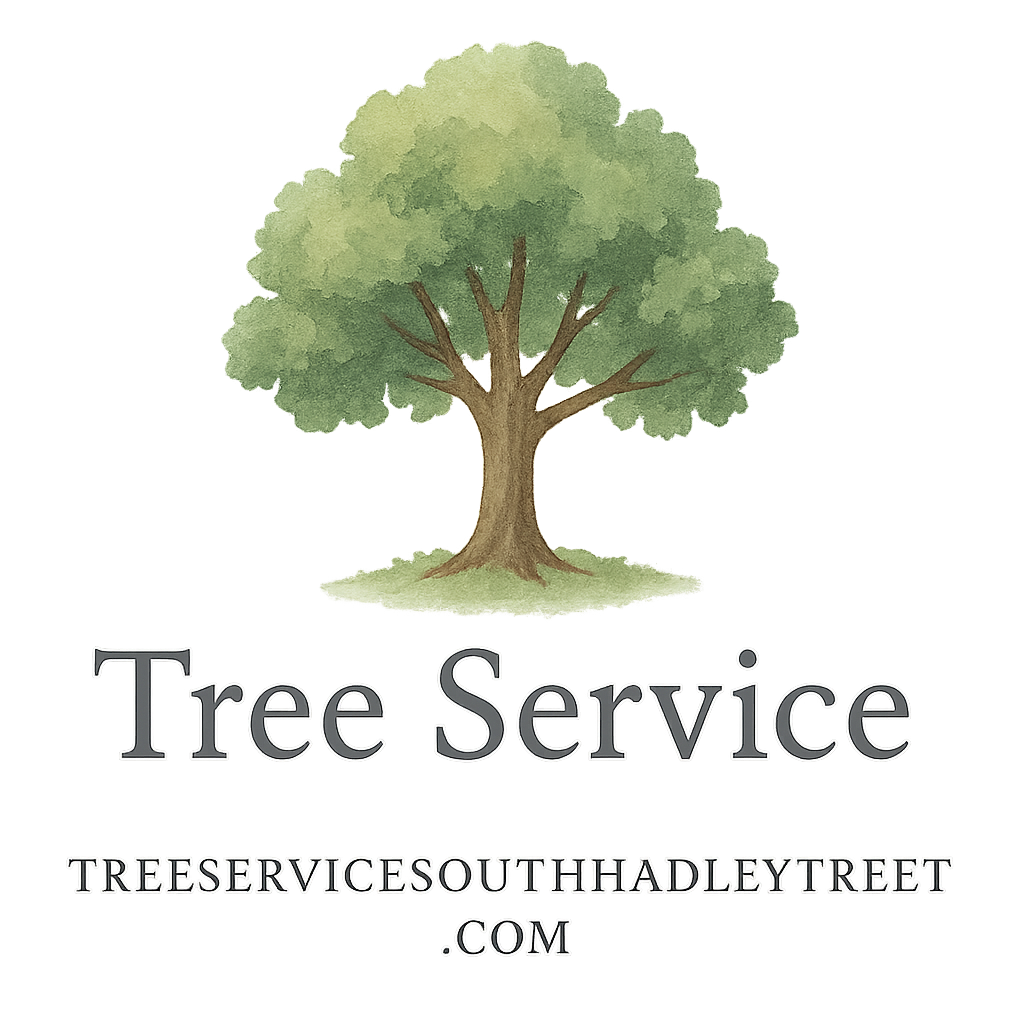Introduction: Why Tree Roots and Landscaping Don’t Always Get Along
Landscaping can totally transform your yard—but if you’re not careful, it might also harm the very trees that make your outdoor space feel alive. When roots get damaged, you’re not just threatening a tree’s stability; you could also be inviting disease, reducing lifespan, and increasing the chance of a fall hazard.
Whether you’re refreshing flower beds or installing a new patio, it pays to take your trees into account. This post gives you five essential tree service tips to avoid root damage during landscaping, keeping your trees safe and your yard stunning.
To learn more about the importance of tree care, check out tree service basics on our website.
Tip #1: Plan Landscaping Projects with Root Zones in Mind
Understand the Critical Root Zone (CRZ)
Think of the Critical Root Zone (CRZ) as the tree’s personal space. It’s the area directly under the canopy, and it houses the roots most essential for water and nutrient absorption. Damaging this zone can cause serious health issues or even tree death.
Use Root-Friendly Designs
If you’re planning a new project like a walkway or garden bed, consider your tree’s root spread. A general rule of thumb? For every inch of tree diameter, protect at least 1.5 feet of the root area.
Raised Beds and Mulch Over Turf
Mulch doesn’t just look tidy—it protects roots from compaction and keeps moisture in. Building raised beds is another smart move; they add beauty while sparing root zones from digging.
Avoiding Hardscapes Over Major Root Areas
Pavers, concrete, and asphalt prevent water from reaching the roots and can suffocate them over time. If you must install hardscapes, use permeable materials like gravel or root-friendly pavers with gaps.
Need help? Our tree health and safety services can assist in identifying CRZ boundaries and providing landscaping guidance.
Tip #2: Don’t Over-Dig or Trench Near Trees
Hand Digging vs. Machinery
Big landscaping tools might be fast, but they can be brutal on tree roots. Hand digging takes more time, but it’s safer and far more precise. If you have to work near a tree, use air excavation or hydro excavation to reduce harm.
Install Utility Lines with Caution
Burying electric or irrigation lines? Routing them through root-heavy zones can be risky. Instead, work with a certified arborist or a utility-safe landscaper to reroute around sensitive areas.
Check out our tree removal and trimming page to learn when root damage might require professional attention.
Tip #3: Keep Soil Compaction in Check
Why Compaction Harms Roots
Tree roots need oxygen—and compacted soil is like trying to breathe through a straw. When soil is pressed too tightly, it becomes dense, making it hard for roots to grow and access nutrients.
Smart Ways to Prevent It
Use Mulch to Distribute Weight
A 2-4 inch layer of mulch acts like a shock absorber. It helps distribute weight and reduce pressure on the soil surface, giving roots the space they need to breathe.
Keep Heavy Equipment Away
Driveways, dump trucks, wheelbarrows—keep them all out of the CRZ. Compaction damage might not show up for months, but by then, it’s often too late.
Explore our emergency seasonal tree service if you suspect storm-related root compaction or damage.

Tip #4: Water Trees Correctly After Landscaping
Stress Recovery for Roots
After any major change—like digging or construction—trees go through stress. Water helps them recover. Make sure your irrigation system reaches deep enough to benefit the roots and adjust frequency based on rainfall.
Signs of Root Stress to Watch Out For
Watch for early signs of root damage, including wilting leaves, premature leaf drop, and branch dieback. These signs can be subtle, so monitoring is key.
Learn more about signs and symptoms of poor tree health on our tree-health-safety page.
Tip #5: Schedule a Tree Health Inspection
Hire Tree Service Professionals Early
Before starting any major landscaping project, it’s smart to schedule an inspection. A qualified arborist can flag potential root conflicts and even offer suggestions for tree-friendly landscaping.
Visit our tree service costs and hiring guide for a full breakdown on working with local pros.
Tree Health Reports and Long-Term Monitoring
With a detailed tree health report, you’ll have a baseline to measure future stress or damage. It’s especially helpful for large properties or commercial spaces.
Need a checklist? Our tree service checklist tag has you covered.
Additional Landscaping Do’s and Don’ts
Avoid Topping or Severe Pruning After Root Disturbance
Your tree’s root system may already be under stress. Don’t make it worse by removing too much of the canopy. Trees need those leaves to recover and photosynthesize.
Choose Plants That Coexist with Tree Roots
Go for shallow-rooted plants like ground covers, ferns, or hostas. Avoid aggressive species that might compete for water or choke roots.
Looking for more helpful insights? Browse our tree-service tag and healthy-trees tag for smart planting strategies.
Conclusion: Trees and Landscaping Can Coexist Peacefully
You don’t have to choose between a stunning landscape and healthy trees—you can have both. By planning smartly, working with professionals, and respecting the critical root zone, your landscaping dreams can come to life without harming your trees.
Remember, root damage is often invisible until it’s serious. But with a bit of prevention, some smart design choices, and support from expert arborists, your trees will thank you for years to come.
Ready to protect your trees? Explore our full range of services at Tree Service South Hadley TNT ETS.
FAQs
1. How do I know where a tree’s roots are when planning landscaping?
Look at the tree’s canopy—the roots usually spread just as wide. To be safe, avoid disturbing soil in this area, also known as the Critical Root Zone (CRZ).
2. Can root damage kill a tree?
Absolutely. Roots supply water and nutrients. If more than 40% of a root system is damaged, a tree can go into irreversible decline.
3. Is it okay to put a patio over tree roots?
Only if you use permeable materials and avoid compacting the soil. Raised decks or gravel patios are often safer alternatives.
4. What signs suggest I’ve damaged my tree’s roots?
Look out for leaf discoloration, sparse foliage, dead branches, or a sudden lean. These are classic indicators of root distress.
5. What’s the best time to do landscaping to avoid stressing trees?
Spring or early fall is ideal—when trees are either coming out of dormancy or preparing to rest. Just avoid extreme heat or drought seasons.
6. Should I prune my tree after disturbing the roots?
Not unless absolutely necessary. Roots and canopy work together; pruning can reduce your tree’s ability to bounce back from root stress.
7. How can I prevent tree root issues long-term?
Schedule regular tree inspections, avoid heavy traffic over root zones, and mulch generously. Also, plant wisely to avoid root competition.
For even more tips, visit our tagged articles on prevention, health, and maintenance.


